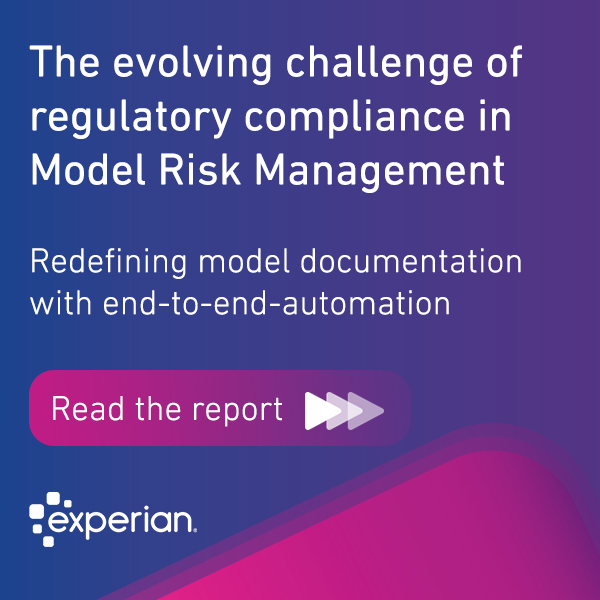The speed at which the world is feeling the impact of Covid-19 is unparalleled. Because of this customer affordability has shifted into the unknown and businesses are trying to react quickly to assess customer risk in a brand-new context, albeit a temporary one.
We look at the five key areas businesses should be considering when it comes to customer affordability.

1. Looking to insights
The last financial crisis taught us that the first line of defense for many organizations, large and small, is to move straight into proactive debt restructuring to reduce the volume of customers who would otherwise fall immediately into debt collection.
This crisis is no different, but identifying those in hardship, restructuring debt at speed, and in line with restricted policies are where businesses should be focusing to successfully tackle this.
2. Keeping regulators front of mind
As a result of the last downturn, many financial regulators are placing a much higher weight of responsibility on lenders to make fair and transparent lending decisions when it comes to affordability. Not just when it comes to new lending, but also how they act and behave within collections. These rules are not going to be relaxed, so it’s important that businesses continue to prove that they remain compliant.
3. Predicting what’s to come
Anticipating arrears before they happen, and at speed, is fundamental to managing the restructure of debt effectively. Especially where traditional data sources provide less predictive value. For businesses without advanced and automated debt restructure or collections-based program to begin with, this is an opportunity to develop something that will carry them through this time of crisis and beyond.
4. Harnessing analytics and AI
Thinking predictively means getting the right analytical capabilities or models in place, ideally harnessing Machine Learning and AI to get the fastest and best results. For larger organizations, this will mean having the agility to rapidly update and deploy existing models, and for the less mature, it will mean building this from the ground up (but quickly). Businesses will undoubtedly see their analytics teams overstretched during this period, so now is the time to reduce the manual load and invest in these capabilities.
5. Automation for demand control
Making sure customers can deal with organizations digitally will be critical to maintaining customer experience. It’s just as important to ensure that channels are integrated and automated in the backend. Businesses are looking to omni-channel digital solutions to help feed new demand through the funnel without having the added complication of a restricted workforce. It has never been more important to automate.




